ADHD Medication Selector Tool
Find the best ADHD medication for you
Answer a few questions about your needs to see which medications might work best for you.
Your priorities
Budget considerations
Treatment goals
Quick Takeaways
- Axepta (atomoxetine) is a non‑stimulant option for ADHD, ideal for patients who can’t tolerate stimulants.
- Stimulants like methylphenidate and amphetamine‑based drugs usually act faster but may cause appetite loss or insomnia.
- Guanfacine and clonidine are good for patients with high blood pressure or tics, but they can lower heart rate.
- Cost varies widely - generic atomoxetine is cheaper than many brand‑name stimulants, yet insurance coverage can change the picture.
- Choosing the right drug depends on efficacy, side‑effect profile, comorbid conditions, and personal lifestyle.
Axepta is a prescription medication whose active ingredient is atomoxetine, a selective norepinephrine reuptake inhibitor (NRI) approved for attention‑deficit hyperactivity disorder (ADHD). Unlike typical stimulants, Axepta works by increasing the availability of norepinephrine in the brain, which helps improve focus and impulse control without the rapid “high” that stimulant drugs produce.
Understanding Axepta (Atomoxetine)
Atomoxetine was first approved by the FDA in 2002 and has since become a staple for patients who need a non‑stimulant approach. It is taken once or twice daily, and because it isn’t a controlled substance, it avoids many of the regulatory hurdles associated with amphetamines.
Key attributes of Axepta include:
- Class: Norepinephrine reuptake inhibitor (non‑stimulant)
- Typical starting dose: 40mg per day for adults, adjusted by weight for children
- Onset of action: 1-2 weeks for noticeable symptom improvement, full benefit may take up to 6 weeks
- Common side effects: dry mouth, nausea, fatigue, possible increase in heart rate
Because Axepta works gradually, patients often need regular follow‑up visits to fine‑tune the dose and monitor blood pressure and liver function.
How Axepta Stacks Up Against Other ADHD Medications
Below is a side‑by‑side comparison of Axepta and the most widely used alternatives. The data reflect FDA approvals, typical dosing ranges, and real‑world cost estimates in the United States (2025).
| Medication | Class | Typical Dose (Adult) | Onset of Action | Common Side Effects | FDA Approval Year | Typical Monthly Cost (US$) |
|---|---|---|---|---|---|---|
| Axepta | Non‑stimulant NRI | 40-100mg | 1-2weeks (full effect 4-6weeks) | Dry mouth, nausea, fatigue, mild hypertension | 2002 | 80‑120 (generic) |
| Strattera | Non‑stimulant NRI (brand version of atomoxetine) | 40-100mg | 1-2weeks | Similar to Axepta | 2002 | 200‑250 (brand) |
| Ritalin | Stimulant (methylphenidate) | 10-60mg/day (split doses) | 30‑60minutes | Insomnia, appetite loss, increased BP | 1955 | 30‑80 (generic) |
| Vyvanse | Stimulant (lisdexamfetamine) | 30‑70mg/day | 1-2hours | Dry mouth, insomnia, anxiety | 2007 | 180‑250 |
| Adderall | Stimulant (mixed amphetamine salts) | 5‑40mg/day | 30‑60minutes | Heart palpitations, decreased appetite, mood swings | 1996 | 70‑150 |
| Guanfacine | Alpha‑2A adrenergic agonist | 1‑4mg/day | 1‑2weeks | Drowsiness, low blood pressure, fatigue | 2010 (extended‑release) | 50‑90 |
| Bupropion | Atypical antidepressant (NDRI) | 150‑450mg/day | 1‑2weeks | Insomnia, dry mouth, seizure risk at high doses | 2001 (ADHD off‑label) | 30‑70 |
Decision Factors to Consider
When weighing Axepta against its peers, think about the following lenses.
1. Efficacy for Core ADHD Symptoms
Stimulants (Ritalin, Adderall, Vyvanse) generally show a 70‑80% response rate in controlled trials, delivering rapid symptom control. Axepta’s response rate hovers around 50‑60%, but the effect is steadier throughout the day, which some patients prefer.
2. Side‑Effect Profile
Stimulants can exacerbate anxiety, cause sleep disruption, and suppress appetite-issues that matter for growing children or patients with comorbid anxiety. Axepta’s side effects tend to be milder, focusing on gastrointestinal upset and occasional hypertension. Guanfacine and clonidine are especially useful when a child also has tics, as they can reduce tic frequency.
3. Abuse Potential
Because Axepta is not a controlled substance, it carries virtually no abuse risk. Amphetamine‑based drugs rank high on the DEA’s ScheduleII list, so they require stricter monitoring and are sometimes rejected by insurers for that reason.
4. Cost & Insurance Coverage
Generic atomoxetine is often the most affordable non‑stimulant, but high‑deductible plans may favor generic stimulants due to lower co‑pays. Brand‑only options like Strattera can become pricey if not covered.
5. Lifestyle and Timing
If you need a medication that works all day with once‑daily dosing, Vyvanse or extended‑release Guanfacine can be convenient. Axepta usually requires a twice‑daily schedule for best effect, which can be a drawback for some.
Who Might Choose Axepta?
Consider Axepta if you:
- Have a history of substance misuse or are in a high‑risk environment.
- Experience severe insomnia or appetite loss with stimulants.
- Prefer a medication that isn’t classified as a controlled substance.
- Need a steadier symptom control without the jittery “peak‑and‑crash” pattern.
- Have co‑existing conditions such as anxiety where stimulant‑induced anxiety could worsen symptoms.
When Other Options Might Be Better
Stimulants excel when rapid symptom relief is critical-e.g., during exams or demanding work periods. They’re also the first‑line choice for most pediatric ADHD diagnoses because of the strong evidence base. Guanfacine shines for patients who also struggle with aggression or tics. Bupropion can be attractive if you need simultaneous treatment for depression.
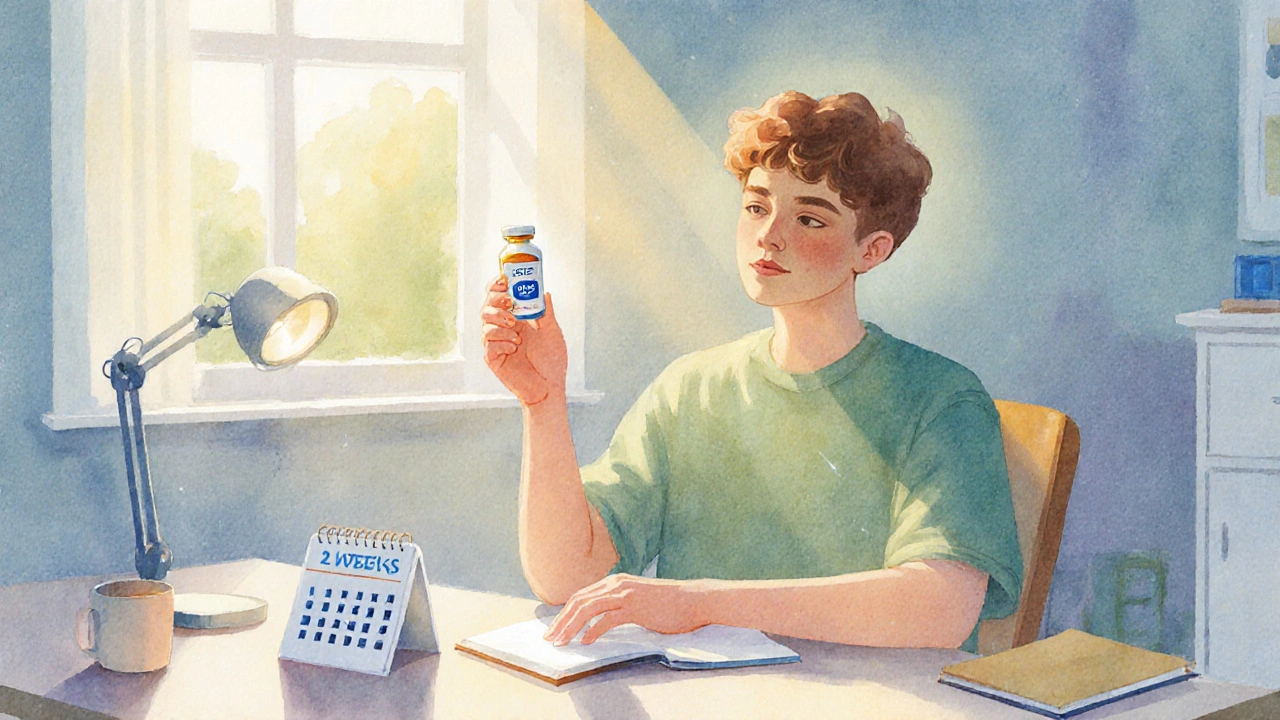
Practical Tips for Switching or Starting Axepta
- Consult a clinician: A qualified prescriber should evaluate cardiovascular health and conduct baseline labs (liver enzymes, blood pressure).
- Start low, go slow: Typical starter is 40mg daily; increase by 20‑40mg each week based on response.
- Monitor side effects: Keep a daily diary of sleep, appetite, mood, and any heart‑rate changes.
- Allow time for effect: Expect noticeable improvement after 2weeks, with peak benefits at 4‑6weeks.
- Insurance check: Verify that your plan covers the generic form to avoid surprise out‑of‑pocket costs.
- Coordinate with school/work: Inform teachers or supervisors about the medication start date so they can note any behavioral changes.
Key Takeaway Summary
Choosing the right ADHD medication is a balance of effectiveness, tolerability, and personal circumstances. Axepta offers a non‑stimulant path with a lower abuse risk and a smoother daily symptom curve, making it ideal for patients sensitive to stimulant side effects or with a history of substance misuse. However, if you need fast‑acting relief or have tried non‑stimulants without success, a stimulant like methylphenidate or amphetamine may still be the best fit.
Frequently Asked Questions
How long does it take for Axepta to start working?
Most patients notice some improvement within 1-2weeks, but the full therapeutic effect can take up to 6weeks. Consistent dosing and follow‑up are essential.
Is Axepta safe for children?
Axepta is approved for children 6years and older. Doses are weight‑based, and clinicians monitor growth, blood pressure, and liver function regularly.
Can I take Axepta with a stimulant?
Combining the two is sometimes done for treatment‑resistant cases, but only under close medical supervision because of potential cardiovascular effects.
What are the most common side effects?
Dry mouth, nausea, fatigue, and a mild rise in blood pressure are the most frequently reported. Serious liver injury is rare but monitored via lab tests.
Is Axepta covered by most insurance plans?
Generic atomoxetine is widely covered, but formulary tiers differ. Checking with your insurer before starting can prevent unexpected costs.
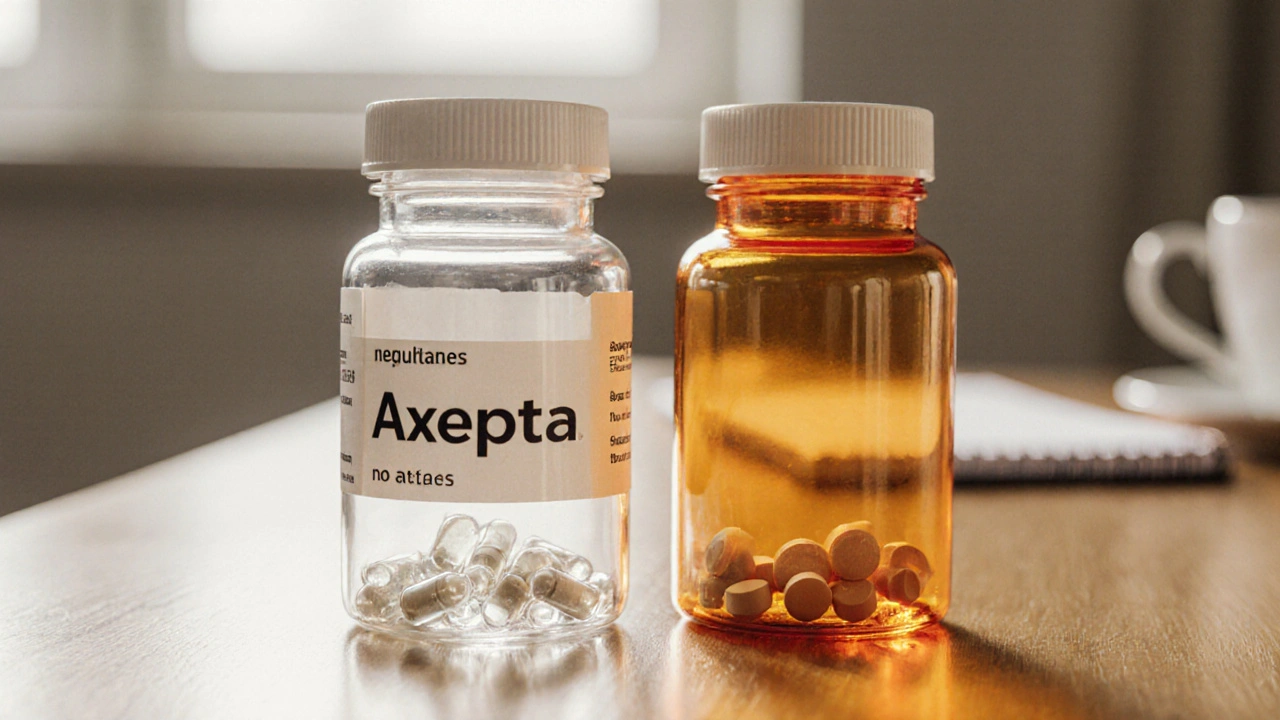
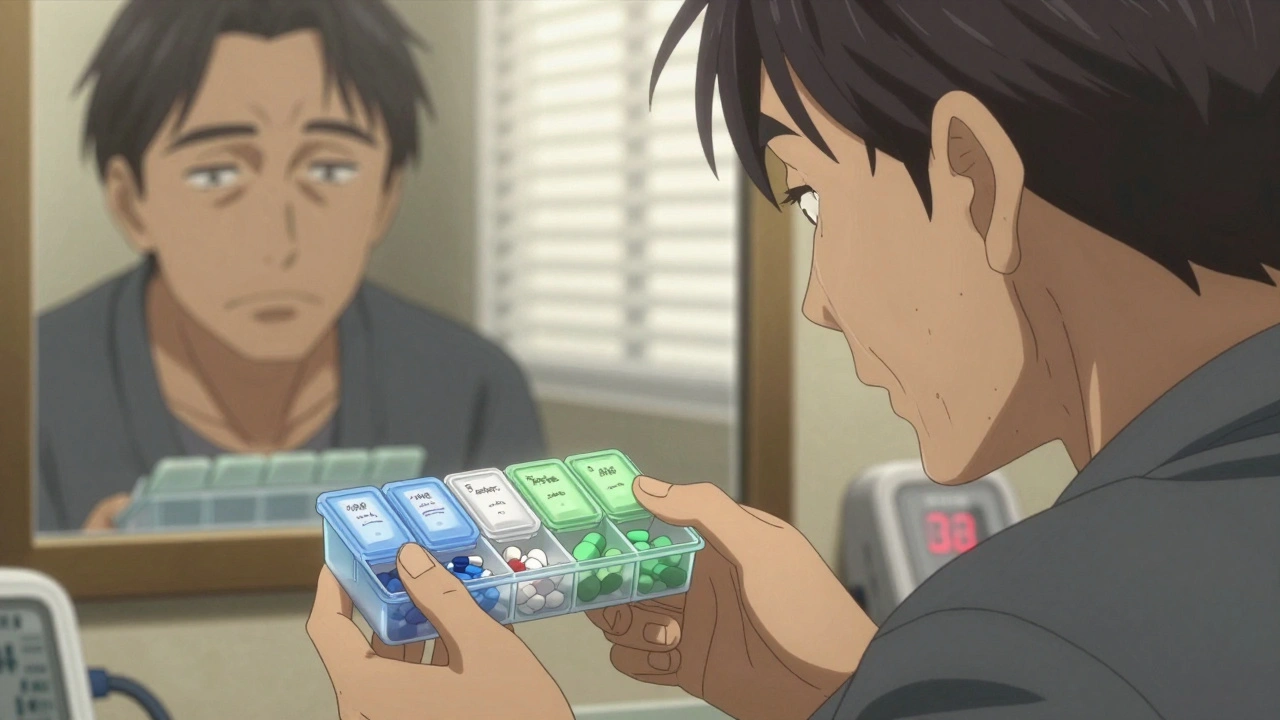
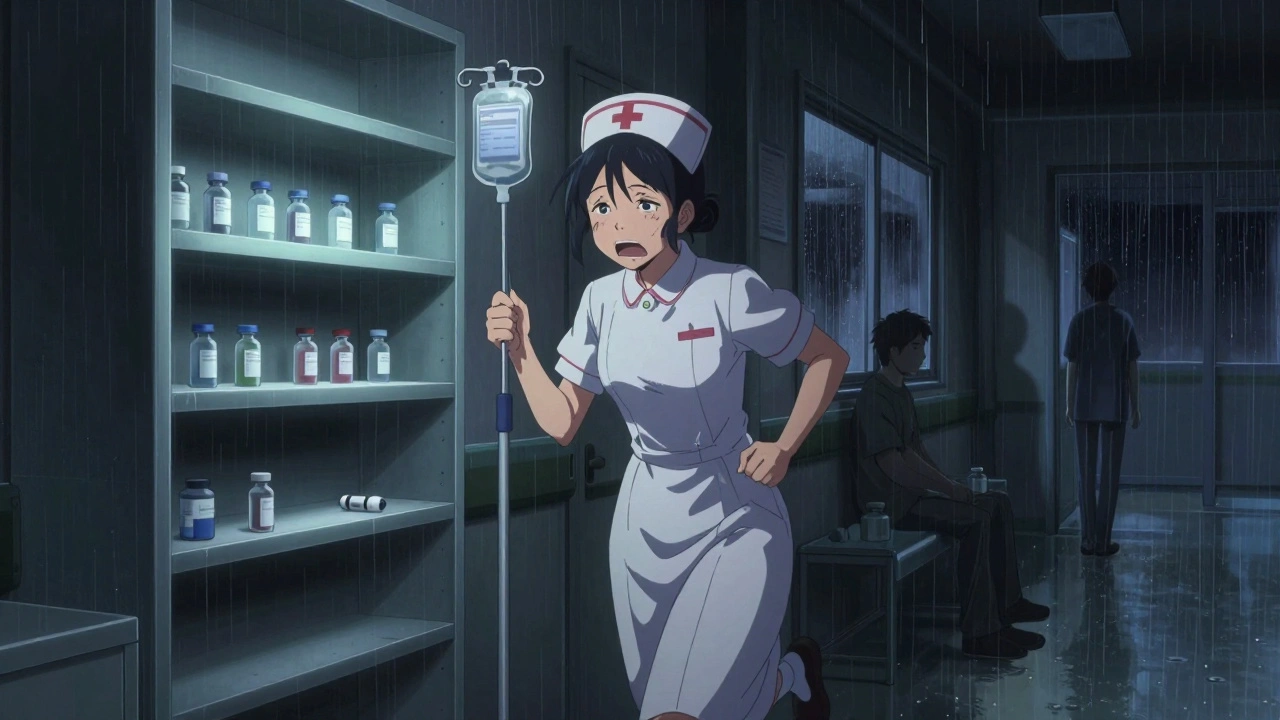
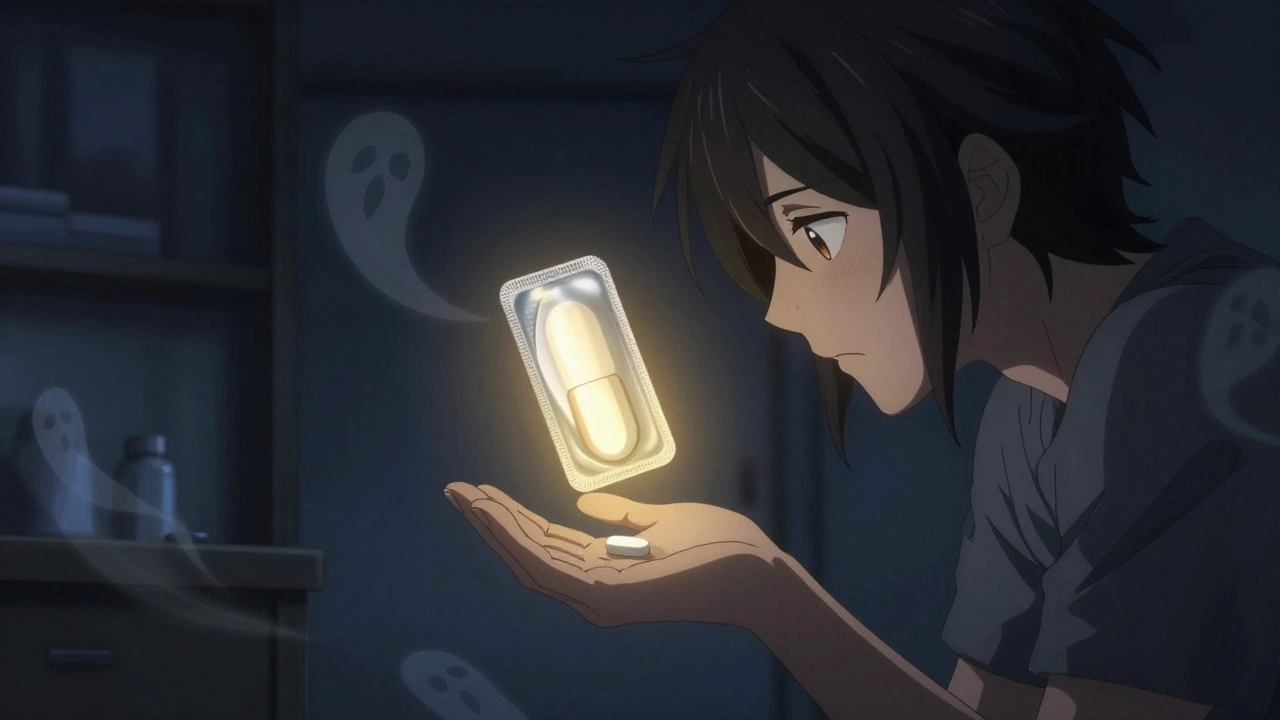
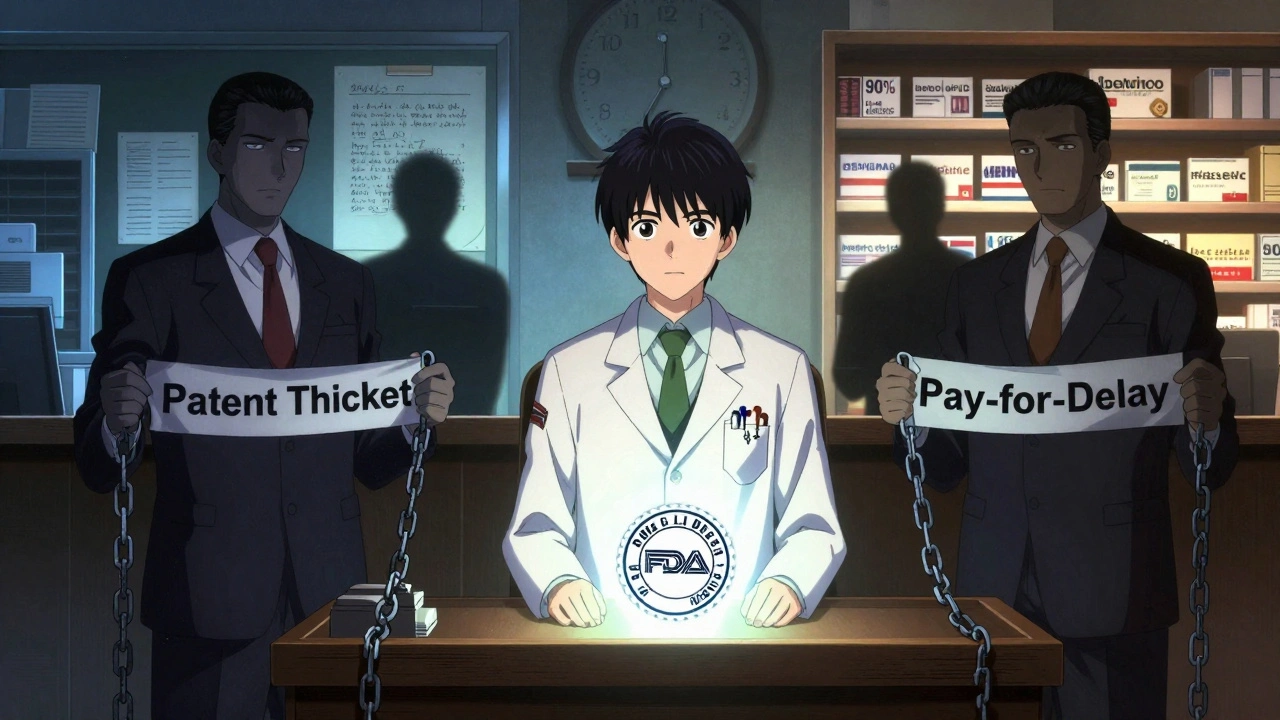
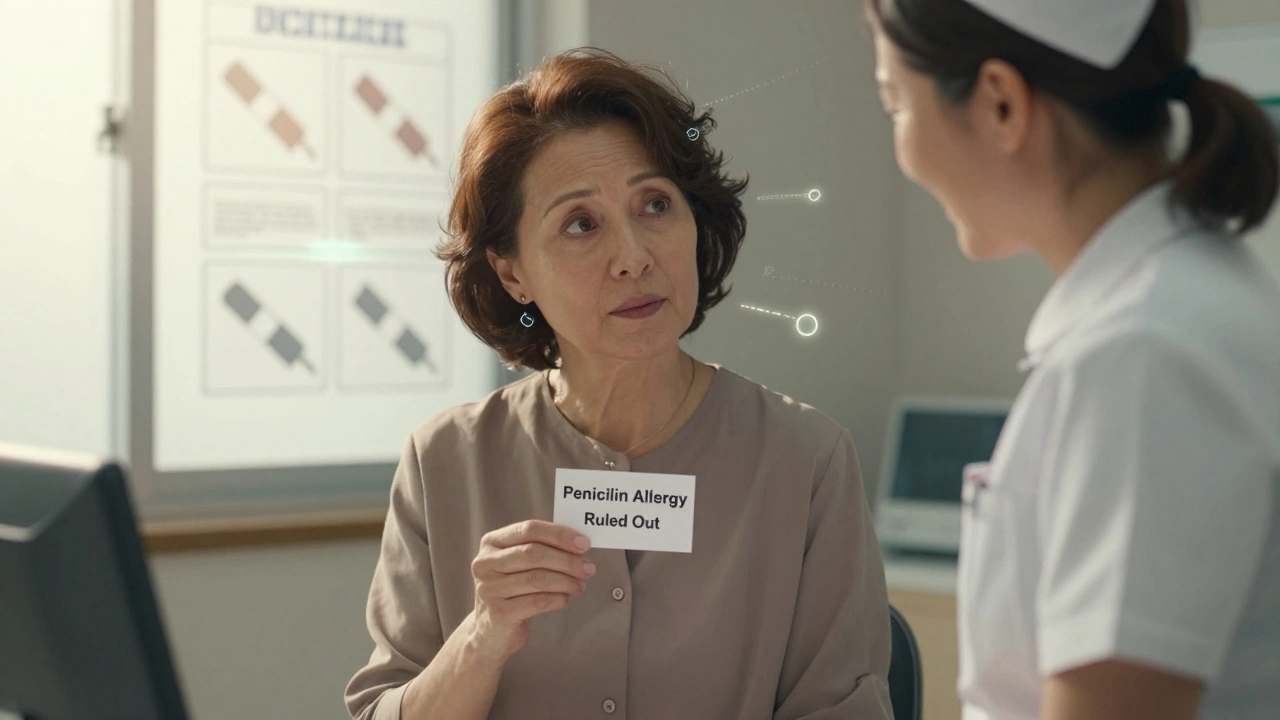
Michelle Guatato
October 12, 2025 AT 04:54Ever notice how the big pharma lobby keeps pushing high‑risk stimulants while quietly promoting a cheap, non‑controlled option like Axepta? They claim it's just for “people who can't handle stimulants,” but the real agenda is to keep the lucrative stimulant market alive, because every prescription for Ritalin or Adderall feeds the same profit pipelines. The fact that Axepta is a generic NRI makes it a perfect scapegoat-safe enough to avoid the DEA's radar, yet still under the thumb of insurance companies that love to shuffle patients between brand‑name and generic cycles. Don't be fooled by the glossy brochures; the real power play is about market share, not patient outcomes.
Gabrielle Vézina
October 16, 2025 AT 06:08Stimulants are hyped as miracle drugs yet they just jitter you out in minutes, Axepta feels like a boring placebo and the data on its efficacy is as flat as a pancake
carl wadsworth
October 20, 2025 AT 07:21When you're weighing Axepta against the classic stimulants, think of it like choosing a marathon runner versus a sprinter. The non‑stimulant gives you a steady pace that lasts all day, which can be a lifesaver for folks who can't deal with the crash‑and‑burn cycle of amphetamines. It also sidesteps the abuse potential that schools and insurers constantly flag. Of course, if you need rapid relief for an exam or a high‑stakes meeting, a short‑acting stimulant still has its place. The key is to match the medication's profile with the individual's daily rhythm and any co‑existing conditions, like anxiety or tic disorders. Open communication with your prescriber and regular follow‑ups will help you fine‑tune the dose and keep side effects in check.
Neeraj Agarwal
October 24, 2025 AT 08:34Atomoxetine, sold as Axepta, is definately a solid alternative for patients who are worried about stimulants; it works by boosting norepinephrine rather than dopamine, so the "high" feeling is absent. The onset is slower – you usually start feeling changes after a week or two – but the effect is more consistent throughout the day. Side‑effects like dry mouth and a mild rise in blood pressure are common, but they are generally manageable with dose adjustments. It also avoids the scheduling headaches that come with multiple daily doses of methylphenidate. So for many, especially those with a history of substance misuse, Axepta is a safer, more sustainable choice.
Rose K. Young
October 28, 2025 AT 09:48Axepta is just a pricey placebo for the undisciplined.
Christy Pogue
November 1, 2025 AT 11:01Love how you laid out the marathon vs. sprint metaphor, Carl! 🌟 It really helps folks visualize why a steady‑state option like Axepta can be a game‑changer for long‑haul days. Plus, your reminder about regular check‑ins hits home – staying proactive with the doc makes the whole process feel less scary and more empowering.
Helena Pearson
November 5, 2025 AT 12:14Ah, the drama of the “flat pancake” argument, Gabrielle! 🍳 While stimulants can feel like a lightning bolt, Axepta offers a mellow sunrise that steadies the mind without the jitter‑jolt. Think of it as the wise old monk sipping tea while the youth chase espresso shots – both have their moments, but the monk’s calm can be just as powerful, especially when anxiety lurks in the background. 🧘♀️🌿
Grover Walters
November 9, 2025 AT 13:28The ethical dimension of prescribing psychostimulants versus non‑stimulants such as Axepta invites a Socratic inquiry into the nature of autonomy and medical paternalism. On one hand, the immediacy of stimulant efficacy aligns with a utilitarian calculus of maximizing immediate functional gain; on the other, the gradual onset of atomoxetine respects a deontological commitment to non‑maleficence by minimizing abuse risk. This dialectic underscores the physician’s role as both arbiter of empirical data and steward of the patient’s long‑term wellbeing.
Dominique Watson
November 13, 2025 AT 14:41While the philosophical debate is stimulating, let us not forget that the United Kingdom's NHS has been more prudent in championing non‑stimulant therapies, whereas the United States continues to over‑prescribe high‑risk stimulants, driving up healthcare costs and fueling unnecessary dependency.
Joshua Brown
November 17, 2025 AT 15:54When evaluating Axepta against its stimulant counterparts, clinicians must first consider the pharmacodynamic profile, which hinges on norepinephrine reuptake inhibition rather than dopamine release, thereby producing a smoother therapeutic window, fewer peaks and troughs, and a markedly lower potential for misuse, which is a critical factor in populations with a history of substance use disorder; second, the onset of clinical benefit typically emerges within one to two weeks, allowing patients and providers to assess tolerability before committing to long‑term therapy, a timeline that, while longer than the immediate effect seen with methylphenidate or amphetamine products, aligns with best practices for dose titration and side‑effect monitoring; third, the side‑effect spectrum of Axepta, characterized primarily by dry mouth, gastrointestinal discomfort, and occasional mild hypertension, differs substantively from the appetite suppression and insomnia commonly associated with stimulants, thus offering a viable alternative for patients whose baseline weight or sleep architecture is of concern; fourth, cost considerations remain paramount, as the generic formulation of atomoxetine often falls between $80 and $120 per month, presenting a more affordable option relative to brand‑only stimulant formulations that can exceed $200, especially in high‑deductible health plans; fifth, insurance formularies frequently place non‑controlled substances like Axepta on a preferred tier, thereby reducing copayment burdens and enhancing medication adherence, an outcome that is supported by multiple comparative effectiveness studies; sixth, the risk of cardiovascular events, while present, is modest and manageable with routine blood pressure monitoring, a protocol that mirrors standard practice for most psychotropic agents; seventh, clinicians should also be mindful of the rare but serious hepatic concerns associated with atomoxetine, necessitating baseline liver function tests in at‑risk individuals; eighth, patient education remains a cornerstone of therapy, ensuring that individuals understand the gradual nature of symptom improvement, the importance of consistent dosing, and the need for periodic follow‑up visits to optimize dosing strategies; ninth, the evidence base, while robust, indicates that response rates for Axepta hover around 50‑60%, which may be lower than the 70‑80% observed with stimulants, yet the trade‑off of reduced abuse potential and improved tolerability can be decisive for many patients; finally, integrating Axepta into a comprehensive treatment plan that includes behavioral therapy, lifestyle modifications, and psychosocial support maximizes the likelihood of sustained functional gains, underscoring the multidimensional approach required for optimal ADHD management.
andrew bigdick
November 21, 2025 AT 17:08That's a solid rundown, Joshua – the way you break down each factor really helps anyone trying to navigate the med maze.
Shelby Wright
November 25, 2025 AT 18:21Oh, you think that's thorough? Imagine diving into the brain's chemistry like a high‑octane thriller, where each side‑effect is a plot twist and Axepta is the quiet detective solving the case while the stimulants are reckless speed‑runners, flashing neon lights but leaving chaos in their wake. It's a cinematic showdown, and the slow‑burn hero often gets the most applause in the end.
Ellen Laird
November 29, 2025 AT 19:34One must acknowledge that the discourse surrounding atomoxetine is frequently diluted by populist oversimplifications; a nuanced appreciation demands engagement with primary literature, pharmacokinetic modeling, and a lexicon beyond the pedestrian vernacular that pervades most forums.
rafaat pronoy
December 3, 2025 AT 20:48Cool breakdown, everyone – glad to see the different angles, keeps the conversation balanced 😊